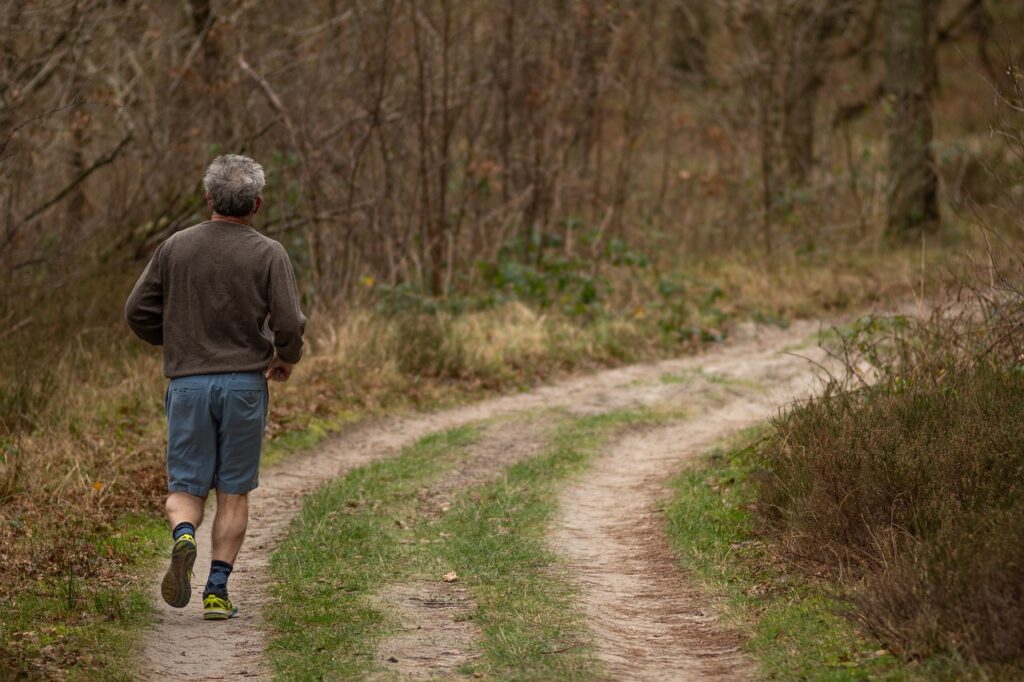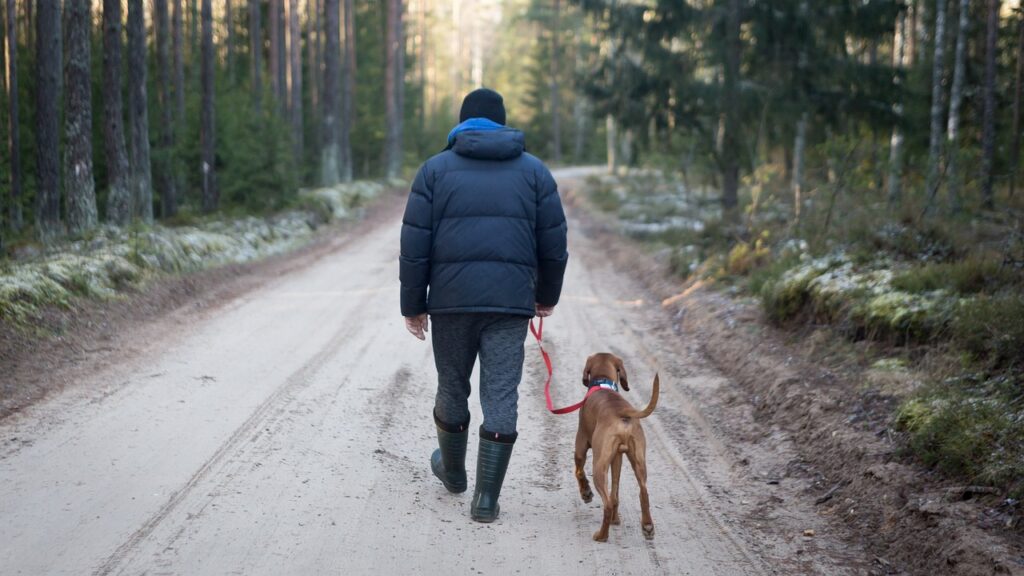Preparing for Trail Running
Assessing Your Fitness Level
Before embarking on a trail running adventure, it’s crucial to evaluate your current fitness level. Start with shorter, less technical trails and gradually progress to more challenging terrain as your strength and endurance improve.
Choosing the Right Trail
When selecting a trail, consider the following factors:
- Terrain: Trails vary in surface, ranging from smooth dirt paths to rocky, root-filled routes. Begin with less technical terrain and work your way up as your skills develop.
- Difficulty: The difficulty of a trail is typically determined by its elevation gain and technicality. For a more relaxed outdoor summer vacation, choose a trail with a gradual incline and minimal obstacles.
- Distance: Start with shorter distances and gradually increase your mileage as you become more comfortable with trail running.
Click here to find out about the best equipment for the great outdoors.

Essential Trail Running Techniques
Uphill Running
- Proper Body Position: When running uphill, maintain a slight forward lean from the ankles, keeping your chest open and your gaze focused on the trail ahead. This posture will help you maintain balance and momentum.
- Efficient Stride: Adopt a shorter, quicker stride when running uphill. This will help you maintain a steady pace and reduce the strain on your muscles.
Downhill Running
- Foot Placement: Aim to land on the midfoot or forefoot while running downhill. This will help you maintain control and avoid jarring impacts on your joints.
- Control and Balance: Keep your core engaged and arms slightly away from your body for better balance. Look ahead to anticipate obstacles and adjust your stride accordingly.
Navigating Technical Terrain
- Footwork and Agility: Focus on quick, light steps and maintain a slightly bent knee to absorb impact. Practice agility exercises to improve your ability to navigate technical terrain safely.
- Focus and Awareness: Be aware of your surroundings and remain vigilant for potential hazards. When camping in tent campgrounds or other outdoor locations, take the time to familiarize yourself with the trails and their potential challenges.

Gear for Trail Running
Trail Running Shoes
When choosing trail running shoes, prioritize traction, protection, and fit:
- Traction: Look for shoes with aggressive outsole patterns to provide grip on various surfaces.
- Protection: Opt for shoes with reinforced toe caps and underfoot protection to shield your feet from rocks and roots.
- Fit and Comfort: Ensure your shoes fit comfortably and provide adequate support.
Hydration and Nutrition
Carry hydration packs, bottles, and energy gels or snacks to maintain your energy levels:
- Hydration Packs and Bottles: Invest in a lightweight hydration pack or hand-held water bottle designed for trail running.
- Energy Gels and Snacks: Choose easily digestible, high-energy foods such as energy gels, bars, and fruit.
Clothing and Accessories
Select weather-appropriate apparel, GPS watches, and safety gear:
- Weather-appropriate Apparel: Dress in moisture-wicking, quick-drying layers to accommodate changing conditions.
- GPS Watch and Navigation Tools: A GPS watch can track your progress, monitor your pace, and provide navigation assistance.
- Safety Gear: Pack essential safety items like a headlamp, whistle, and reflective clothing.
Training and Injury Prevention
Building a Training Plan
Incorporate gradual progression and cross-training into your training plan:
- Gradual Progression: Increase your weekly mileage and intensity gradually to avoid overtraining and injury.
- Incorporating Cross-Training: Include activities like strength training, yoga, and swimming to improve overall fitness and reduce the risk of injury.
Preventing Common Injuries
Minimize the possibility of injury by adhering to appropriate warm-up and cool-down routines, and by integrating strength and mobility exercises into your regimen:
- Suitable Warm-Up and Cool-Down: Begin your session with dynamic stretches and a gentle jog to prepare your muscles, and conclude with static stretches to maintain flexibility and avert injuries.
- Strength and Mobility Training: Include exercises that focus on your core, hips, and ankles to enhance stability and lessen the chances of sustaining injuries.
Read our article to learn how to choose the right clothing for hiking.

Tips for Trail Running Success
- Embrace the challenge: Trail running can be demanding, but it’s also a rewarding outdoor adventure. Embrace the challenges and celebrate your progress.
- Be patient and adaptable: Progress may be slower on trails than on roads. Be patient and adapt your running style to the terrain.
- Trust your instincts: Listen to your body and adjust your pace or walking breaks as needed.
- Run with a buddy or group: Running with others can enhance your experience, improve safety, and provide motivation.

